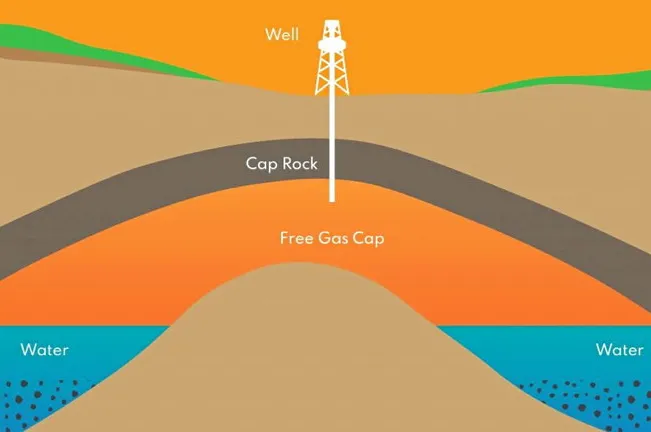Massive underground reservoir of natural hydrogen in Spain 'could deliver the cheapest H2 in the world'
Helios Aragón says it has access to giant resource of naturally occurring hydrogen in northern Spain but the country’s anti-oil rules are standing in its way
